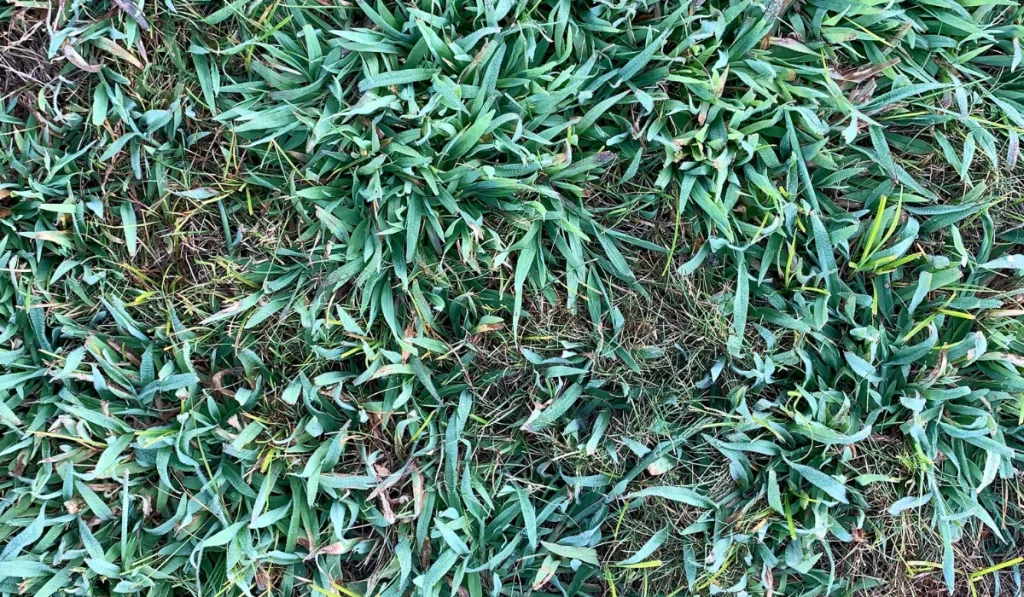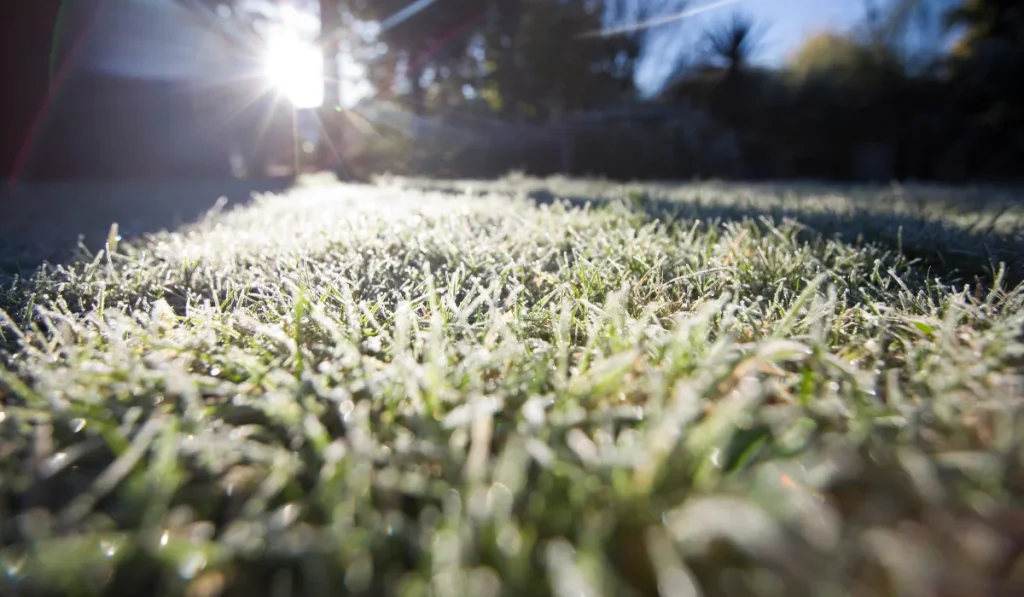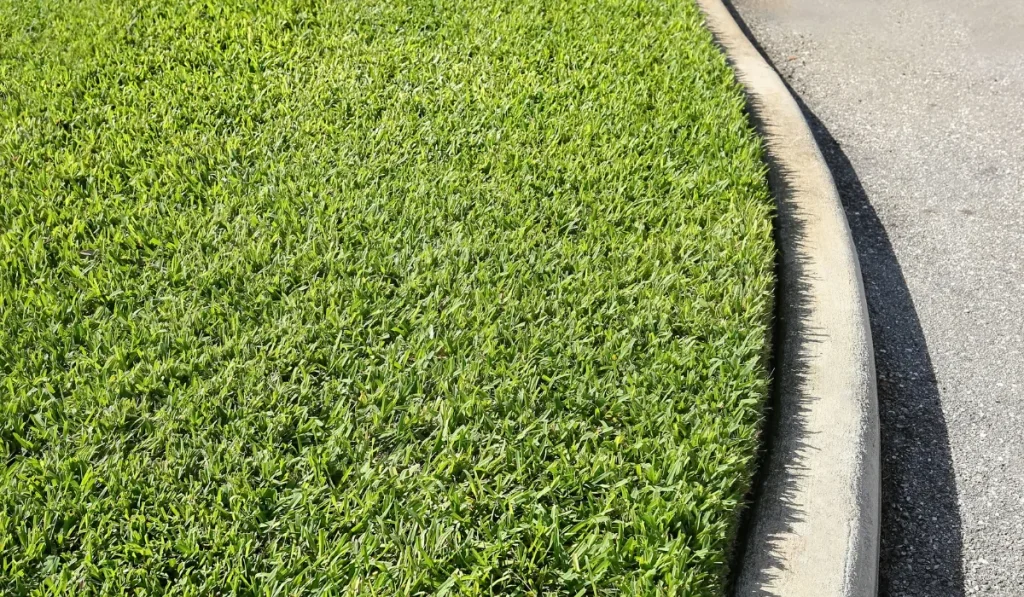The city of Chula Vista isn’t just about eye-catching landscapes; it’s about gardens and properties that resonate with purpose and sustainability. As homeowners and business owners in this vibrant city, the green spaces you cultivate do more than beautify—they echo a commitment to the environment.
Ready to navigate Chula Vista’s landscaping regulations? This guide is your roadmap to crafting stunning outdoor spaces in conformance with the city’s vision.
Key Takeaways
- Chula Vista emphasizes eco-friendly landscaping. Choose moderate to low-water plants, maintain loose soil for water retention, and reduce impervious surfaces.
- Adherence to city guidelines is crucial. Notably, there are strict rules on water conservation and plant choices in specific and open space areas.
- In wildfire-prone Chula Vista, fire safety in landscaping is essential. Implement weed abatement to minimize fire risks and maintain a safe property perimeter.
- Embrace Chula Vista’s Zero Waste approach: see waste as a reusable resource rather than just discardable trash.
Requirements
In Chula Vista of San Diego County, every blade of grass and every drop of water counts. The Chula Vista municipal codes, framed with a focus on water conservation (such as when watering your lawn), waste reduction, and ecological balance, serve as a blueprint for property owners.
Landscape Water Management
Water is a precious resource, and its reasonable use in landscaping is paramount. To promote efficient water usage:
- Soil Quality: Loose, friable soil in planted areas ensures optimal water retention and plant health. This conserves water and provides plants with a conducive environment for growth.
- Runoff Management: Concrete driveways and paved areas can cause runoff, wasting valuable water. Opt for permeable solutions like gravel, permeable pavers, or porous concrete. Ensure that gutters and slopes direct runoff into garden beds or rain gardens, making the most of every drop while nurturing the local ecosystem.
Landscape
The choice of plants and their arrangement can have significant implications for water usage and environmental harmony:
- Soil Type: Again, emphasizing the importance of loose, fertile soil for maximum water absorption and minimized wastage. Sod management is crucial here.
- Hydrozoning: Grouping plants based on their water needs can streamline irrigation. For instance, placing low and moderate water-consuming plants together optimizes sprinkler watering cycles.
Prohibitions
While there’s ample room for creativity in your landscape architecture, there are certain non-negotiables that property owners should be aware of. Proper lawn care supported with the following guidelines goes a long way toward smart landscaping.
Landscape Water Management
- Runoff Restrictions: New irrigation systems must be designed to curb water wastage. This functionality ensures that water is directed solely to plantings and landscaped areas rather than wastefully spilling onto pathways, roads, or other non-irrigated surfaces.
- Plant Restrictions: Plants with a water consumption factor of 0.7 to 1.0 are prohibited in medians. This reflects the city’s commitment to water conservation. For homeowners, it is a clear indicator of the city’s preferences and encourages them to consider water-efficient practices in their landscapes.
Landscape
Certain plants, although attractive, might not be suitable for Chula Vista’s environment:
- Invasive Plants: Avoid plants like Yellow Starthistle or Hydrilla, as they can disrupt local ecosystems. The California Invasive Plant Council (CAL-IPC) provides comprehensive lists to guide choices and help you choose appropriate plants for your landscapes.
Fire Code
In a region like Chula Vista, where wildfires are a genuine concern, integrating fire prevention measures in landscaping is essential:
- Vegetation Management: Overgrown, dry vegetation poses a fire risk. Adopting proper weed abatement practices, which involve eliminating combustible plants and ensuring a safe perimeter around properties, is both a mandate and a necessity. That means minimizing weeds, mulch, dry grass, and other undesirable plant material as well.
You can easily keep up with the Chula Vista fire code by having good ground cover, such as greenwave grass, and performing good landscape maintenance. Consider finding a local landscape company to help ease the workload!
Waste Reduction
Championing the Zero Waste approach, Chula Vista encourages property owners to see waste differently:
- Waste as Resource: During landscaping, prioritize reusing materials, and recycle what remains. With this perspective, every discarded item becomes a potential resource, thus reducing landfill contributions. For example, grass clipping can be reused as fertilizer.
Though detailed, Chula Vista’s landscaping regulations are underpinned by a vision of environmental harmony and sustainability. By aligning with these guidelines, property owners enhance their spaces’ beauty and contribute to a larger community cause.
For a seamless landscaping journey, consider consulting with a landscaping or lawn care expert who can help you combine aesthetic appeal with compliance, ensuring your property remains a testament to eco-friendly beauty.



